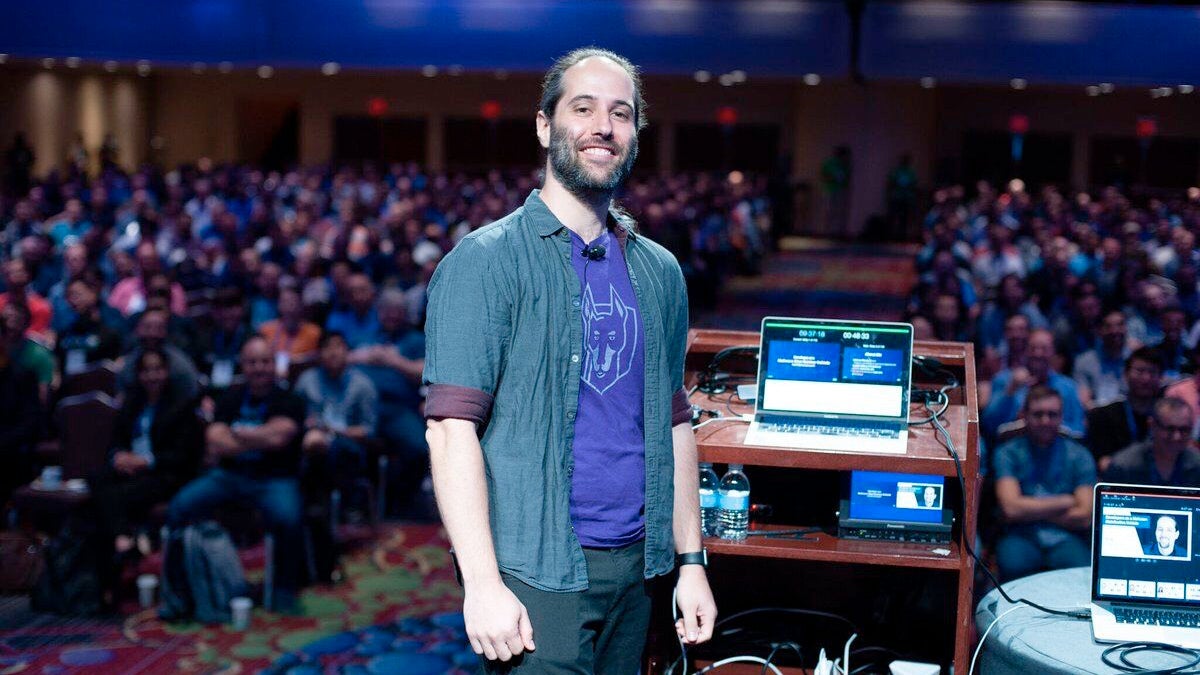
The pressure to be an always-on, ever-evolving business today is enormous. It’s not enough to innovate: businesses must be responsive to new market conditions that can change like the wind. But, added to all the disruption and transformation is the question of keeping everything secure. It’s a challenge not everyone is prepared for.
Internet-based applications now play a major role in how companies work with customers and deliver services: they’re the engine for this new-found agility. Applications can be changed to meet new conditions or customer needs many times a day, if necessary. But this has important implications for how companies approach cybersecurity.
Historically, Security with a capital ‘S’ has been a separate department to Development. It would wait until code was ‘finished’, then it would be tested and refined. But in reality, code is never ‘finished’, and these types of cumbersome, legacy processes slow down innovative businesses, not allowing them to keep pace with their competition.
Today’s applications have two major characteristics. First, they’re cloud native – built and hosted in the cloud rather than on the business’s own servers or data centres. This allows them to scale and change direction in minutes. It’s a far cheaper, more flexible way of staying ahead of the curve.
Second, most modern applications are created using the practice of ‘DevOps’. Essentially, it means the teams building and running the applications are one and the same. As a result, developers can make a wider range of strategic decisions about the application as well as making changes to it, as and when they need to.
In this fluid world, where fast decision-making is paramount and applications are in a state of constant change, a static ‘single point in time’ approach to security is simply outdated and inadequate.
Ultimately, security needs to be assimilated into the development process. But finding a way to meet rigorous standards without slowing down product evolution or compromising security can be difficult, particularly if the rest of the business has yet to catch on to this mindset. Snyk has a unique developer-centric approach to cybersecurity and validates its vision for application security for global enterprises currently undergoing digital transformation.
To succeed with a developer-first security approach, businesses need to tackle three key security challenges.
First, there is the curse of the expert. Developers are highly skilled at finding effective solutions to almost any gnarly problem. But they aren’t necessarily also aware of current best practice in using code to make sure they avoid security vulnerabilities.
The second challenge is building on the work of a wider community. In part, developers are so fast and efficient at what they do because they can access a vast supply of ready-made resources, many of which have been published as Open Source code. This code rapidly accelerates projects and avoids reinventing the wheel, but it might occasionally have security flaws. Developers have neither the time nor the expertise to ‘peel back the layers of the onion’ when it comes to making sure there are no unpatched vulnerabilities lurking in the background.
Finally, simple misconfiguration can be a significant source of security woes. Developers can easily create and manipulate large amounts of computing power like virtual servers using software. But making sure they are always set up correctly is a new territory, and not always a familiar one.
For companies already unfamiliar with the need to put security at the heart of a newly tech-driven business, these challenges may seem like a mountain to climb. But, in most cases, it’s simply a question of adjusting mindsets and adopting tools that are more appropriate to both today’s work and the future. Tools that assist developers as they work, provide solutions at the touch of a button and, crucially, that are themselves constantly updated and enhanced in real-time, just like Snyk, with millions of developers becoming more secure by leveraging our tools in their daily work.
This developer-first approach is essential. Adopting a broader and deeper approach to cybersecurity by embedding security tools and best practices throughout the software development life cycle is the make-or-break factor in achieving cloud native application security success.
For more information please visit snyk.io
Sponsored by

The pressure to be an always-on, ever-evolving business today is enormous. It’s not enough to innovate: businesses must be responsive to new market conditions that can change like the wind. But, added to all the disruption and transformation is the question of keeping everything secure. It’s a challenge not everyone is prepared for.
Internet-based applications now play a major role in how companies work with customers and deliver services: they’re the engine for this new-found agility. Applications can be changed to meet new conditions or customer needs many times a day, if necessary. But this has important implications for how companies approach cybersecurity.
Historically, Security with a capital ‘S’ has been a separate department to Development. It would wait until code was ‘finished’, then it would be tested and refined. But in reality, code is never ‘finished’, and these types of cumbersome, legacy processes slow down innovative businesses, not allowing them to keep pace with their competition.

